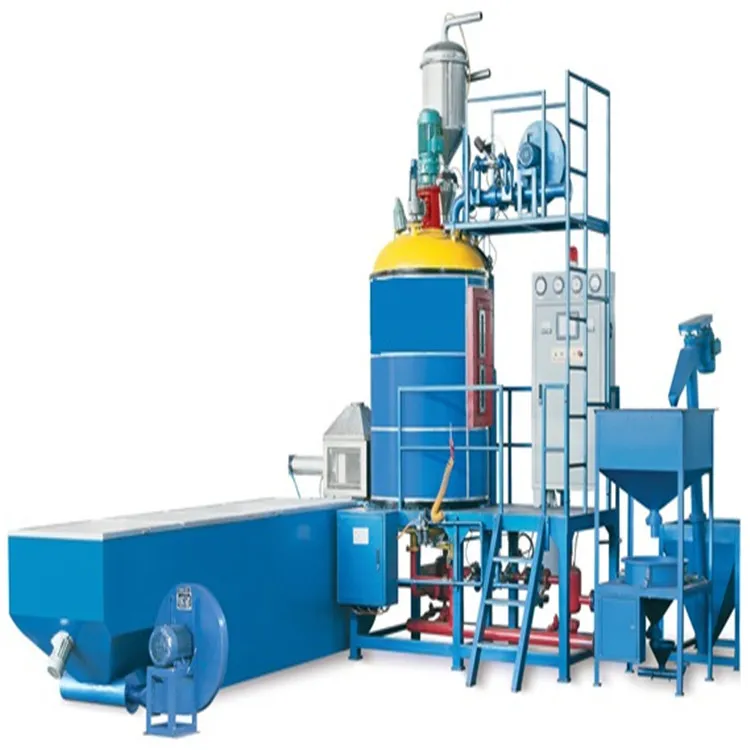How Does a EPS Compactor Work?
In the realm of waste management and recycling, Expanded Polystyrene (EPS), commonly known as Styrofoam, poses a unique challenge due to its lightweight and bulky nature. However, the advent of EPS compactors has revolutionized the handling and recycling of this material, offering an efficient and sustainable solution to reduce its volume and facilitate reuse. Let's delve into the workings of an EPS compactor, exploring its intricate mechanisms and operational processes.
1. Collection and Preparation:
The journey of EPS recycling begins with the collection of discarded EPS waste from various sources, including packaging materials, electronics, and construction insulation. This waste may consist of foam trays, packaging blocks, and insulation panels. Before entering the compactor, the EPS waste may undergo initial shredding or crushing to reduce its size and improve compaction efficiency.
2. Feeding into the Compactor:
Once prepared, the EPS waste is fed into the EPS compactor machine through a hopper or conveyor belt system. The compactor's feeding mechanism ensures a steady supply of EPS material into the compaction chamber, optimizing throughput and operational efficiency. Depending on the compactor's design, the EPS waste may undergo further size reduction within the compaction chamber to enhance compaction effectiveness.
3. Compression and Densification:
Inside the compaction chamber, the EPS waste is subjected to a combination of mechanical pressure and heat. Hydraulic or mechanical mechanisms compress the foam waste, gradually reducing its volume. As pressure is applied, the air trapped within the foam cells is expelled, leading to densification of the material. This compression process transforms the bulky EPS waste into dense blocks or logs, significantly reducing its volume and making it easier to handle and transport.

4. Optional Melting and Extrusion:
Some advanced EPS compactors incorporate a melting feature, where heat is applied to the compressed EPS material to soften it. The softened EPS foam can then be extruded through a nozzle to form continuous logs or blocks of uniform shape and size. This melting process further increases the density of the compacted material, resulting in denser and more uniform blocks suitable for various recycling applications.
5. Cooling and Solidification:
Following extrusion, if applicable, the densified EPS blocks or logs undergo a cooling and solidification process to maintain their shape and integrity. Rapid cooling mechanisms ensure that the material solidifies quickly, preventing deformation and ensuring consistent quality. Once solidified, the compacted EPS blocks or logs are ready for ejection from the compactor machine.
6. Ejection and Packaging:
Upon completion of the compaction process, the densified EPS blocks or logs are ejected from the compactor machine. Depending on the specific requirements, the compacted EPS material may be packaged for storage, transportation, or further processing. Proper packaging ensures the protection and preservation of the recycled EPS material until it is ready for reuse or recycling.
Conclusion:
EPS compactors represent a pivotal innovation in the field of waste management, offering a sustainable solution to the challenges posed by EPS foam waste. Through advanced mechanical and thermal processes, these machines efficiently transform bulky EPS waste into dense blocks or logs, significantly reducing its volume and facilitating reuse and recycling. As the global focus on environmental sustainability intensifies, EPS compactors stand as indispensable tools in the quest for a greener and more sustainable future.More information
- Previous: None
- Next: What is PET blow molding machine?

